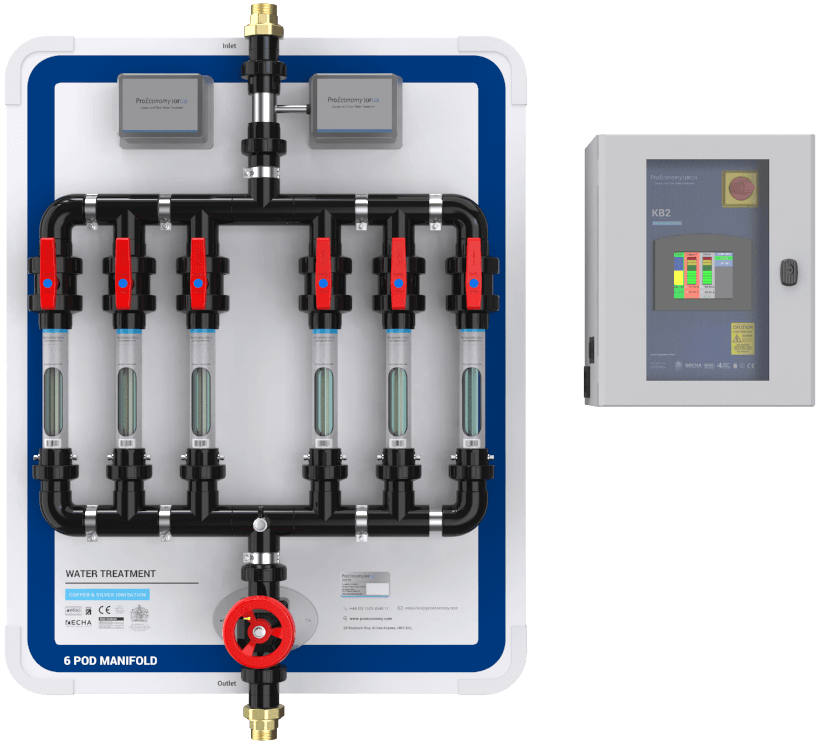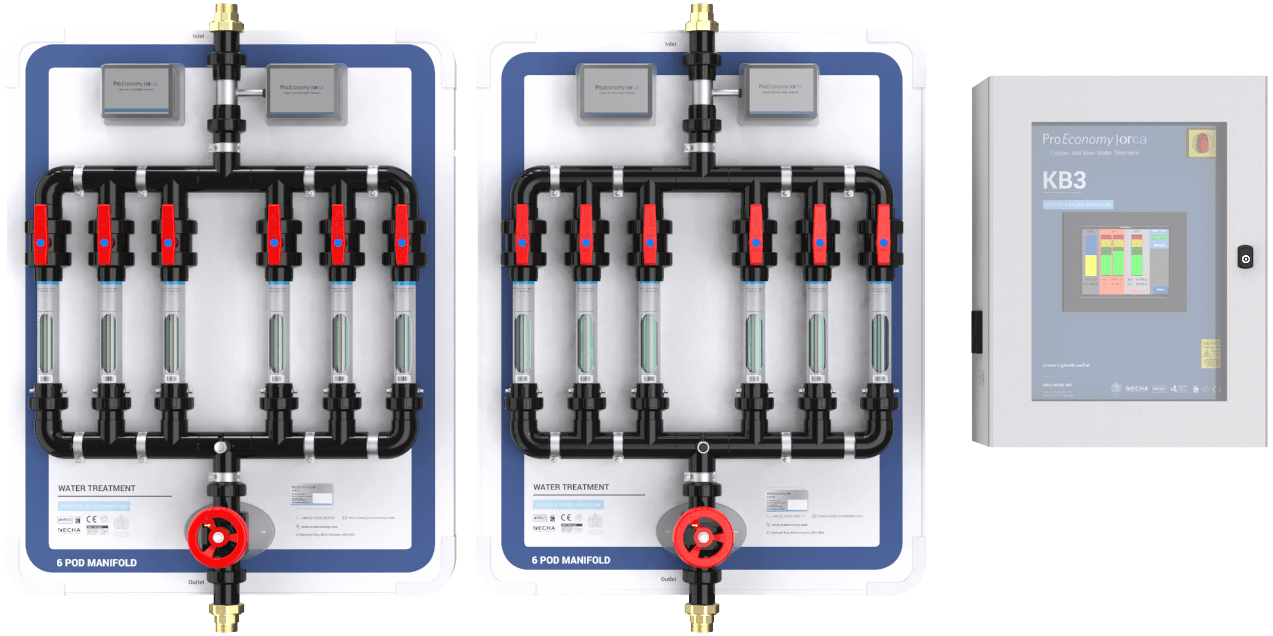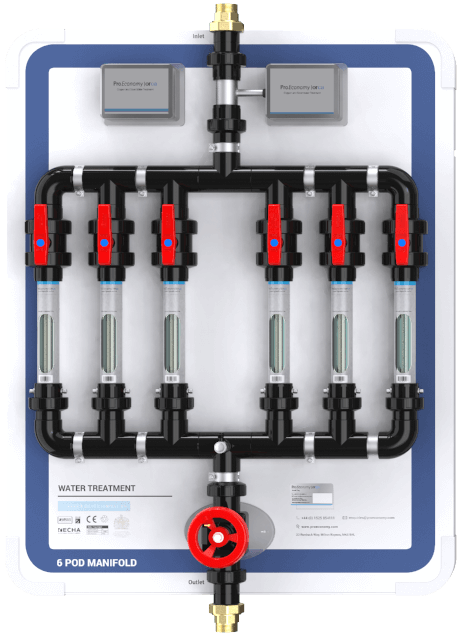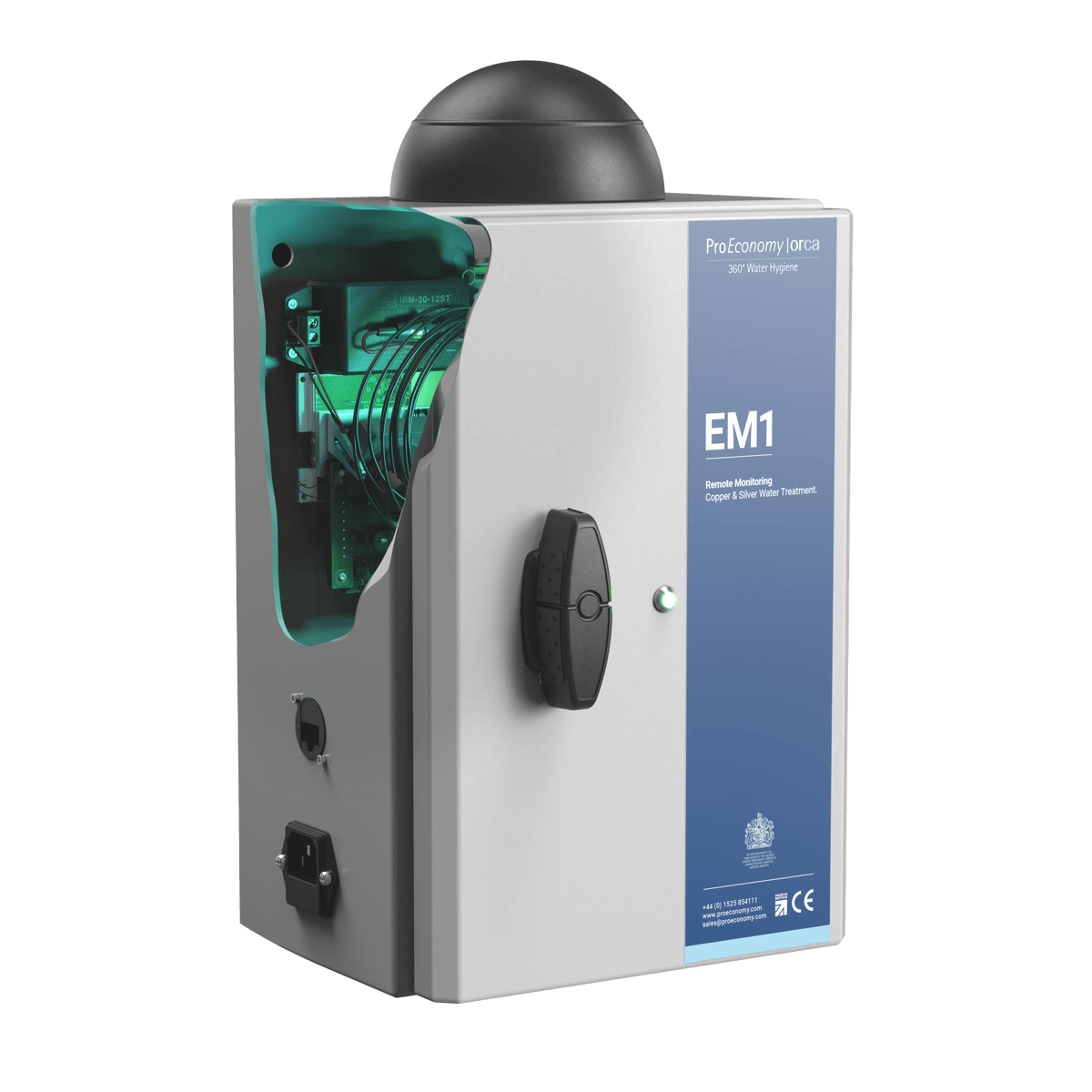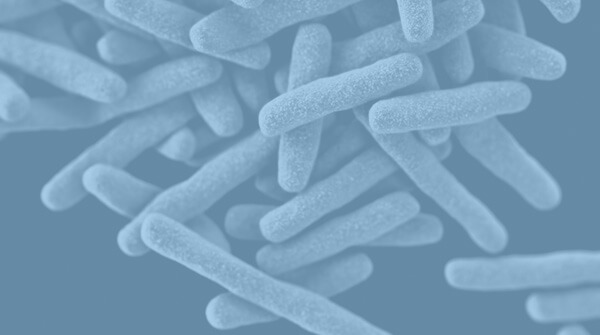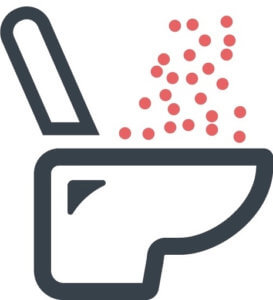Toilet Flushing – The Risks
After one of my LinkedIn colleagues put the question to me, I decided to produce an article on the risks posed during and after toilet flushing, especially in healthcare premises with lidless toilets.
Sometime ago I came across a YouTube video of a television programme showing that germs were found as far as 6 feet (1.8 metres) away from the toilet after flushing. Since seeing this video, I have always made sure I close the toilet lid before flushing. I have carried out a search in Science Direct and found that a few studies have been carried out on the subject of risk posed by germs in toilet plume after flushing (Verani et al. 2014, Johnson et al. 2013, Best et al. 2012). However, there seem to be no guidelines in regard to closing the lid before flushing.
The Evidence From Studies
In a literature review, Johnson et al (2013) showed that potentially infectious aerosols may be produced in substantial quantities during flushing. It also highlighted that aerosols from multiple flushes can expose subsequent users. Some aerosols can also become droplet nuclei after desiccation and remain adrift in air currents.
Best et al (2012) pointed out in their study of Clostridium difficile that toilet facilities in healthcare patient toilets are commonly shared and do not have lids. When a toilet is flushed without the lid closed, aerosol production may lead to surface contamination within the toilet environment. Their study results showed that “C. difficile was recoverable from air sampled at heights up to 25 cm above the toilet seat. The highest numbers of C. difficile were recovered from air sampled immediately following flushing. These then declined 8-fold after 60 minutes and a further 3-fold after 90 min. Surface contamination with C. difficile occurred within 90 min after flushing, demonstrating that relatively large droplets are released which then contaminate the immediate environment. The mean numbers of droplets emitted upon flushing by the lidless toilets in clinical areas were 15–47, depending on design. “
Verani et al (2014) carried out monitoring of air and selected surfaces in two toilets of an office building and 3 toilets of a hospital before and after cleaning operations. The intention was to quantify the presence of norovirus, enterovirus, rhinovirus, human rotavirus and Torque teno virus, as well as human adenovirus and bacteria. Their results showed that viruses were detected on 78% of surfaces and in 81% of aerosol. Among the researched viruses, only human adenovirus and Torque teno virus were found in both surface and air samples. In several cases the same adenovirus strain was concurrently found in all matrices. Bacterial counts were unrelated to viral presence and cleaning did not seem to substantially reduce contamination.
Copper and Silver Ionisation
We know that our copper and silver ionisation Orca system will control Legionella, Pseudomonas and other microorganisms in the incoming water systems and those formed in biofilms in the water systems. However, in regard to toilet water, the problem remains once the toilet is flushed. This is because the treated water is then mixed with contaminated faeces and urine that contain many pathogens. Furthermore, the act of flushing produces aerosols containing the pathogens are then released into the environment around the toilet bowl. As pointed out by Johnson et al. (2013) no studies have yet clearly demonstrated or refuted toilet plume-related disease transmission. Consequently, the significance of the risk remains largely uncharacterised. We are planning to carry out a study on the subject in collaboration with a UK university shortly.
This article was also published in LinkedIn. www.linkedin.com/hp/update/6172083407003148289

